 To enhance service speed and avoid tariff delays, we've opened a US warehouse. All US orders ship directly from our US facility.
To enhance service speed and avoid tariff delays, we've opened a US warehouse. All US orders ship directly from our US facility.
| Cat. No. | Product Name | Field of Application | Chemical Structure |
|---|---|---|---|
| DC32988 | 2-Hydroxysaclofen Featured |
2-Hydroxysaclofen is a selective and pharmacologically active antagonist of the GABAB receptor subtype, demonstrating multiple functional effects in neuropharmacological studies.
More description
|
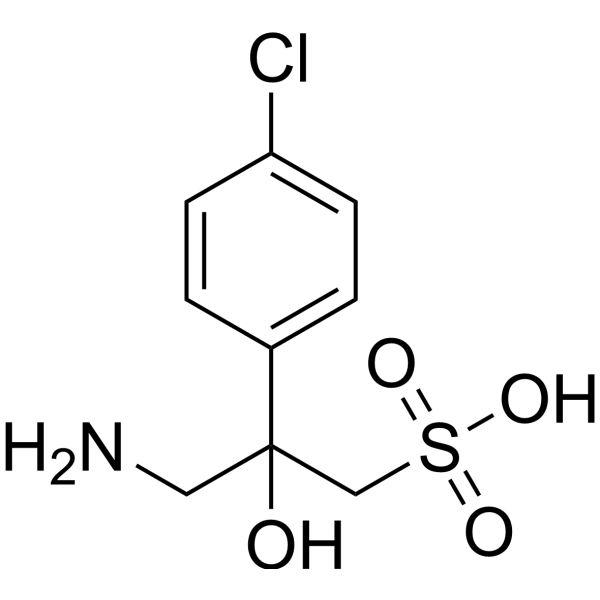
|
| DC22098 | GB1107 Featured |
GB1107 is a novel small-molecule inhibitor specifically designed to target galectin-3 (Gal-3), demonstrating high binding affinity and oral bioavailability.
More description
|

|
| DC8780 | Flavopiridol Hydrochloride Featured |
Flavopiridol hydrochloride is a potent pan-cyclin-dependent kinase (CDK) inhibitor with a unique ATP-competitive mechanism.
More description
|

|
| DC74494 | GNE-0011 Featured |
GNE-0011 is a monovalent, JQ1-based BRD4 degrader that is not linked to an E3 ligase binder, triggers proteasomal and ubiquitin-dependent selective degradation of BRD4 over BRD2 and BRD3.
More description
|

|
| DC67428 | AMG-193 Featured |
AMG 193 represents a novel class of targeted cancer therapeutics as an orally bioavailable, methylthioadenosine (MTA)-dependent PRMT5 inhibitor.
More description
|
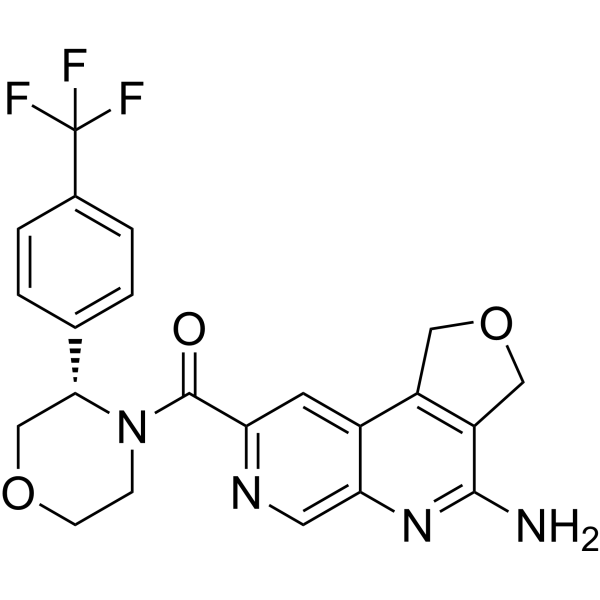
|
| DC21582 | RO 5263397 Featured |
RO5263397 is a novel, orally active trace amine-associated receptor 1 (TAAR1) agonist demonstrating high potency and species-specific activity.
More description
|
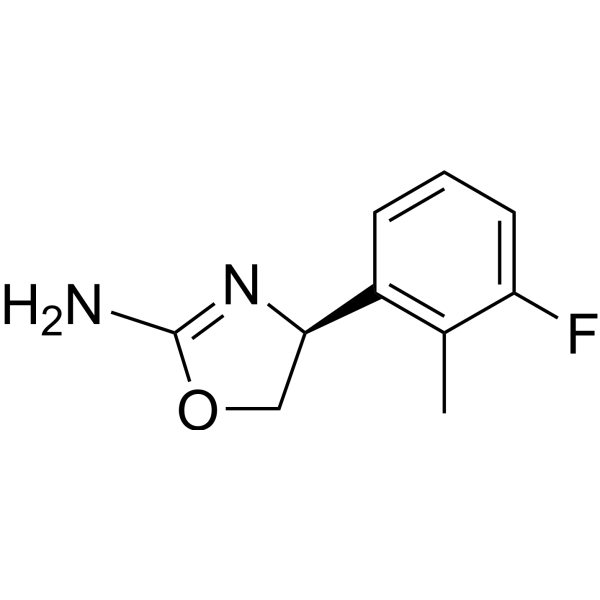
|
| DC3168 | PF-562271 besylate Featured |
PF-00562271 is the benzenesulfonate salt of PF-562271, which is a potent, ATP-competitive, reversible inhibitor of FAK and Pyk2 with IC50 of 1.5 nM and 14 nM, respectively.
More description
|

|
| DC7115 | Dorsomorphin dihydrochloride Featured |
Dorsomorphin 2Hcl (Compound C; BML-275) has been shown to act as a potent and selective inhibitor of AMPK (AMP-activated protein kinase; Ki = 109 nM), induced by AICAR and metformin; also inhibits ALK2, ALK3, and ALK 6 .
More description
|

|
| DC9878 | ATI-2341 Featured |
ATI-2341, pepducin targeting the C-X-C chemokine receptor type 4 (CXCR4), is an allosteric agonist activating the inhibitory heterotrimeric G protein (Gi) to promote inhibition of cAMP production and induce calcium mobilization.
More description
|

|
| DC9279 | MK-571 Featured |
MK-571 is a selective, orally active CysLT1 receptor antagonist.
More description
|

|
| DC23234 | Atorvastatin Featured |
A competitive inhibitor of HMG-CoA reductase that acts as a lipid-lowering agent for prevention of events associated with cardiovascular disease..
More description
|
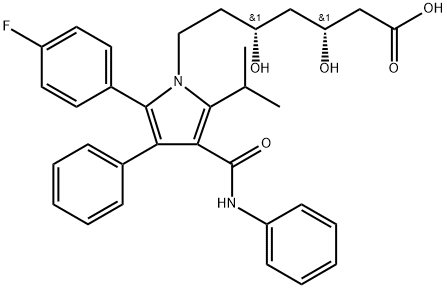
|
| DC42611 | Subquinocin Featured |
Novel inhibitor of CYLD and USP-family deubiquitinating enzymes, increasing the polyubiquitination of NEMO and RIP1, enhancing NF-κB activation and promoting NF-κB signaling
More description
|

|
| DC65844 | ICP-490 Featured |
ICP-490 is a highly potent, orally bioavailable, next-generation CRBN-targeting IMiD with selective IKZF1/3 degradation.
More description
|
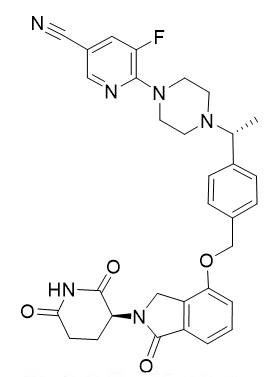
|
| DC60820 | TAS3351 Featured |
TAS3351 is a fourth-generation EGFR-TKI overcoming T790M and C797S-mediated resistance in NSCLC with common mutations. TAS3351 exhibites almost comparable inhibitory potency against cellular phosphorylation of EGFR harboring ex19del or L858R with or without C797S and/or T790M while sparing wild type EGFR activity.
More description
|
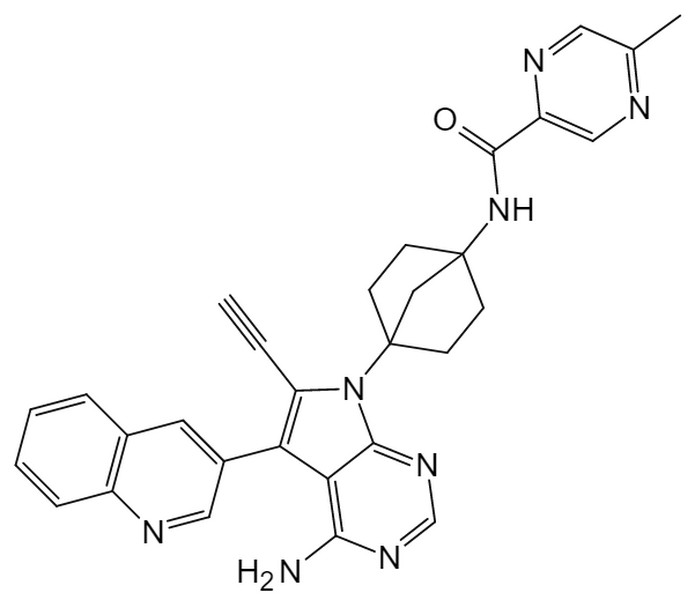
|
| DC65801 | ARV-102 Featured |
ARV-102 is an orally bioavailable PROTAC LRRK2 degrader with DC50 of 0.14 nM. ARV-102 demonstrates substantial reductions in peripheral LRRK2 proteinlevels.
More description
|
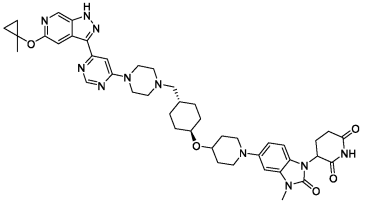
|
| DCC5270 | Tunicamycin Featured |
Antibiotic, inhibiting the first step in the N-linked glycosylation in eukaryotes and inducing ER stress to activate the unfolded protein response (UPR)
More description
|
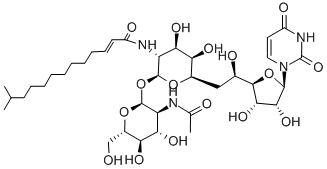
|
| DC8125 | ETH 4030(Magnesium ionophore III) Featured |
Magnesium ionophore III is an onophore used in solvent polymeric membrane electrodes for the assay of Mg2+ activities in blood serum in vitro.
More description
|

|
| DC60819 | MSD199 Featured |
MSD199 is a potent, and selective Nav1.8 inhibitor with IC50 of 4.7 nM in Qube automated patch-clamp assay, >2000-fold selective over all other Nav isoforms.
More description
|
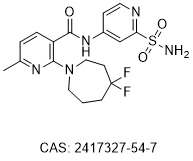
|
| DC22114 | ICA135 Featured |
ICA135 (ICA-135, ICA 135) is a broad-spectrum inhibitor against human enteroviruses that inhibits Coxsackievirus A10 (CV-A10) replication in RD cells with IC50 of 1.446 uM.
More description
|
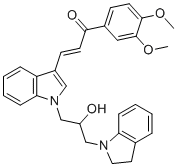
|
| DC73175 | NCGC00131308 Featured |
NCGC00131308 is a small molecule inhibitor that effectively disrupts IQGAP1-Cdc42 interaction in breast cancer cells, shows EC50 of 4.47 uM in biochemical HTRF assays.
More description
|

|
| DC48190 | Vanzacaftor Featured |
Vanzacaftor is a modulator of cystic fibrosis transmembrane conductance regulator (CFTR) for treating cystic fibrosis.
More description
|

|
| DC74230 | ZHAWOC8697 Featured |
ZHAWOC8697 is a small molecule dual inhibitor of sentrin-specific protease SENP1 and SENP2 with IC50 of 8.6 and 2.3 uM, respectively, a valuable tool for the study of SUMOylation processes.
More description
|
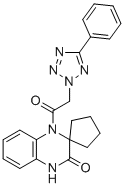
|
| DC60818 | mono-Boc-Br MK-6240 Precursor Featured |
mono-Boc-Br MK-6240 Precursor is the precusor of MK-6240.. (18)F]-MK-6240 is a tau positron emission tomography (PET) tracer for neurofibrillary tangles (NFTs), exhibiting high specificity and selectivity for binding to NFTs .
More description
|

|
| DC10631 | PF-06273340 Featured |
PF-06273340 is a highly potent, kinases elective, well-tolerated pan-Trk inhibitor with IC50 values of 6, 4, 3 nM for TrkA, TrkB, Trk C, respectively.
More description
|

|
| DC72816 | EB1 Featured |
EB1 is the inhibitor of kinases MNK with IC50s of 0.69 μM (MNK1) and 9.4 μM (MNK2). EB1 selectively inhibits the growth of cancer cells, but not normal cells. EB1 also increases cell apoptosis and suppresses eIF4E phosphorylation.
More description
|

|
| DC67427 | FG-2101 Featured |
FG-2101 represents a next-generation antibacterial agent as a potent, orally bioavailable non-hydroxamate inhibitor of LpxC – a key enzyme in Gram-negative bacterial lipopolysaccharide biosynthesis.
More description
|
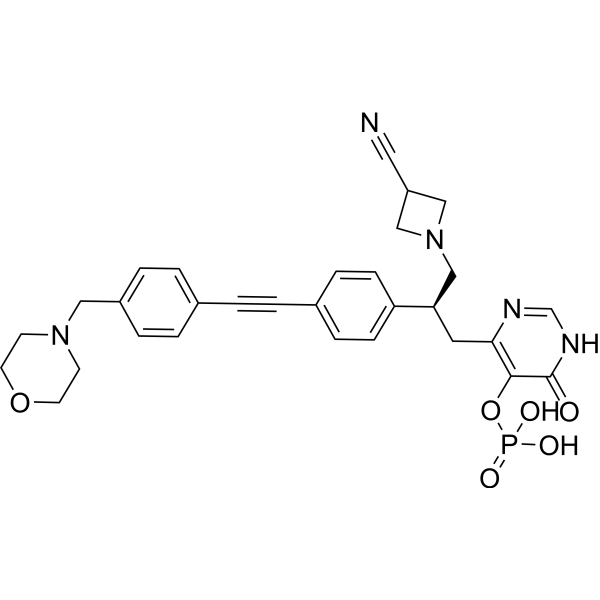
|
| DC67426 | PRT3789 Featured |
PRT3789 is a first-in-class proteolysis-targeting chimera (PROTAC) that selectively degrades SMARCA2 (BRM) while exhibiting minimal activity against its closely related paralog SMARCA4 (BRG1).
More description
|
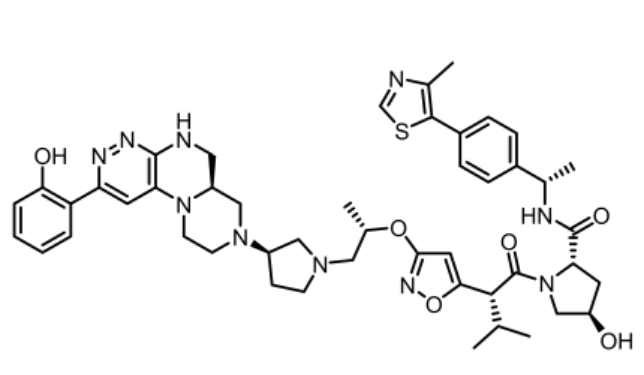
|
| DC67425 | BMS-986458 Featured |
BMS-986458 represents a breakthrough in targeted protein degradation as a first-in-class, orally available PROTAC® molecule that specifically degrades B-cell lymphoma 6 (BCL6).
More description
|
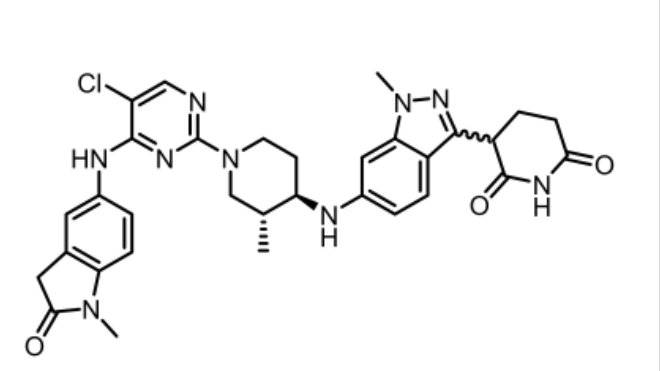
|
| DC67424 | RP-1664 Featured |
RP-1664 is a novel, orally bioavailable inhibitor that selectively targets polo-like kinase 4 (PLK4) with high potency.
More description
|
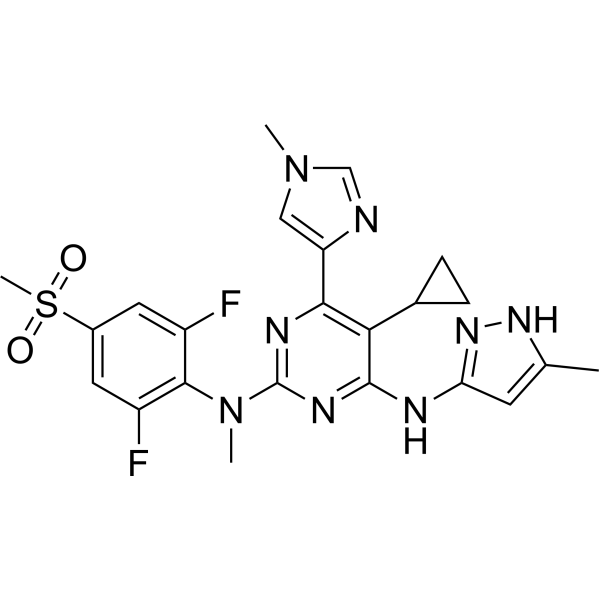
|
| DC67423 | BMS-986238 Featured |
BMS-986238 represents an advanced macrocyclic peptide therapeutic that demonstrates potent and selective inhibition of PD-L1 immune checkpoint signaling.
More description
|
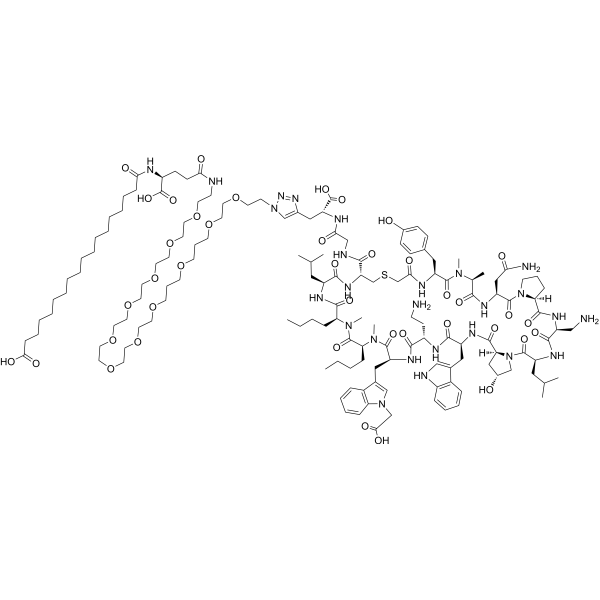
|